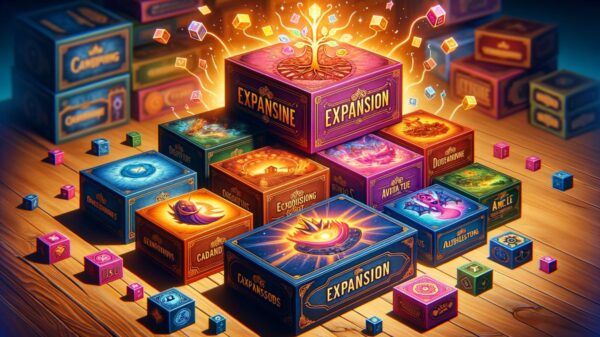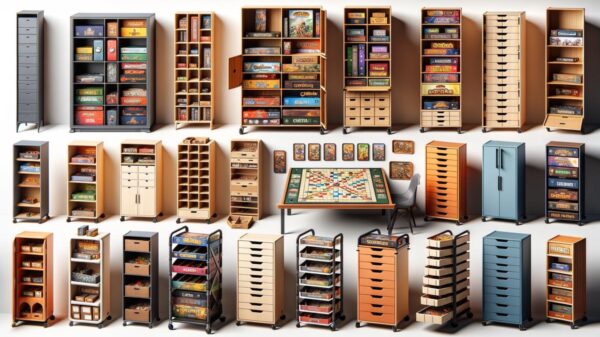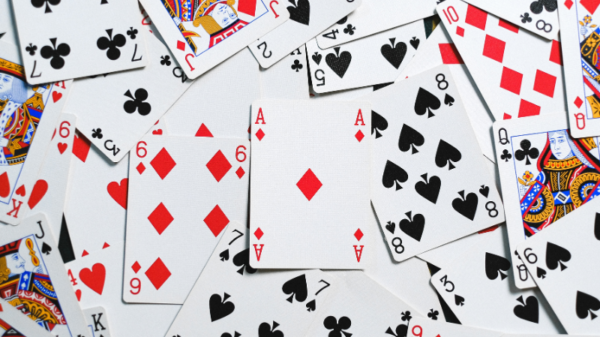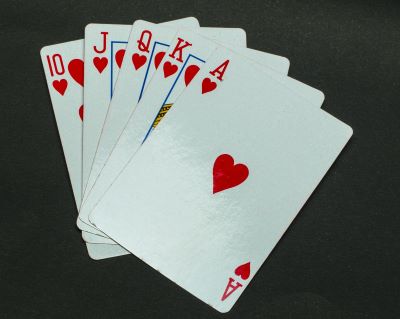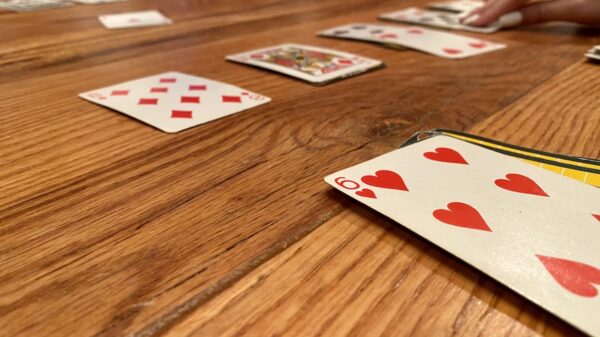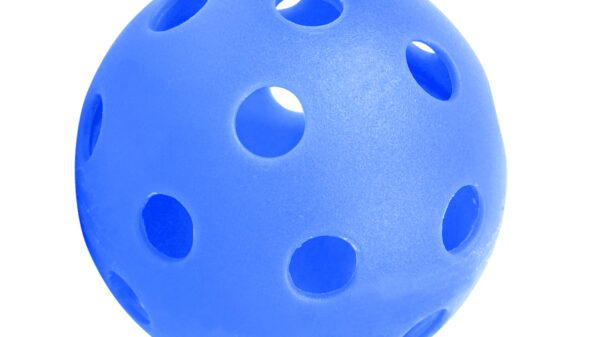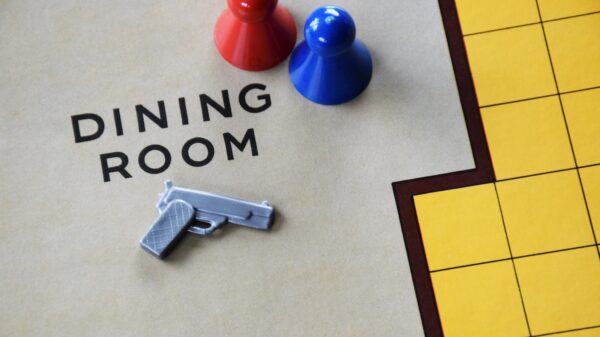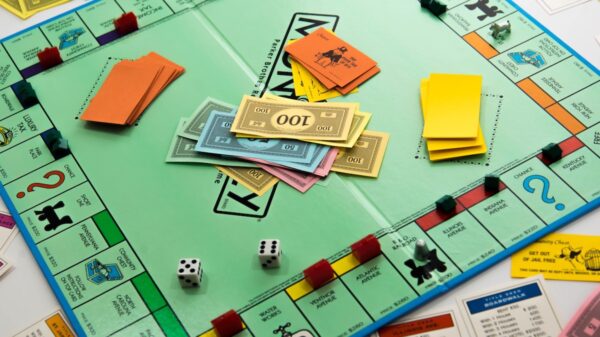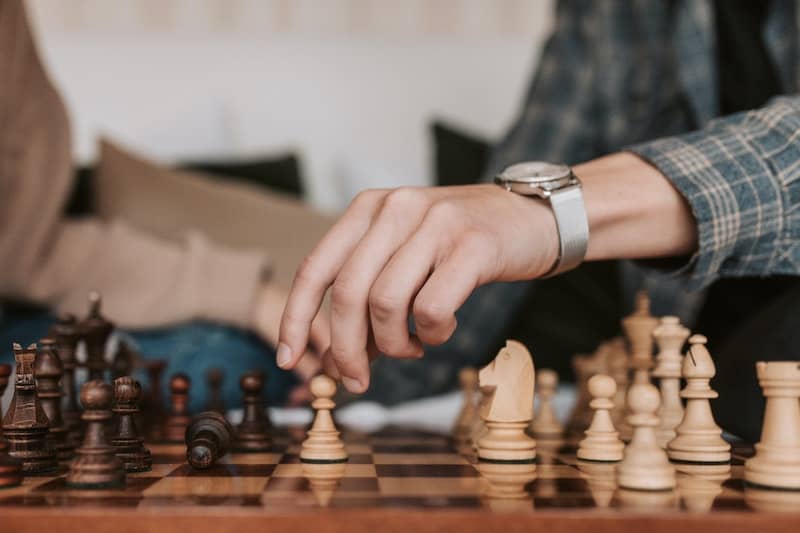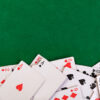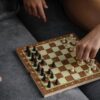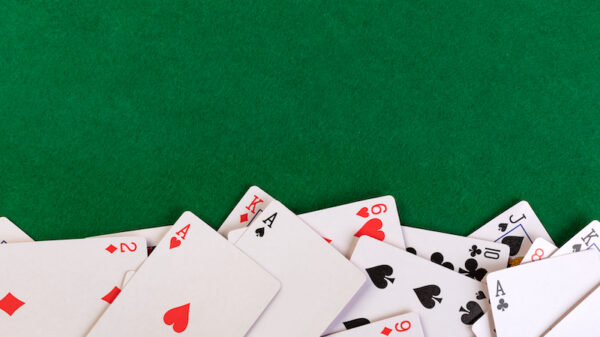Important Chess Rules to Follow When Playing
Chess has been a popular game for hundreds of years, making it a household pass-time that requires some strategy and technique. It’s a game that is supposed to be fun and you’ll waste a lot of time if you’re not willing to follow the chess rules. After playing chess for many years with my father, you must follow the rules and chess etiquette while playing.
To play a good game of chess, you need to know the rules. So, what are the basic rules of the game of chess? Probably the most important chess rule is to make a move unless you’re giving your turn back. Passing without playing a chess move will cause you to forfeit future turns and end your chess game. Every chess player has chess etiquette they need to follow while playing chess.
Many individuals know how the game of chess works, but little actually know the main rules and how to play a traditional chess game. This article aims to teach you chess rules, chess etiquette, chess strategies, and chess notation.
Important Chess Rules to Follow
To play a good game of chess you need to know chess rules. The basics include learning how the chess pieces move and what they capture. You will also need to know how chess is scored and understand stalemate and checkmate.
If this is your first time incorporating chess into your schedule, we recommend playing unrated games against people who are around your skill level so that winning doesn’t appear all too easy or intimidating: there’s no better way to learn than from your own mistakes!
The Basics of Chess
 Chess is played on a chessboard with 64 squares of alternating colors (usually dark and light), and chess pieces can only move in certain directions, according to which chess piece it is, if it captures any other chess pieces on its way.
Chess is played on a chessboard with 64 squares of alternating colors (usually dark and light), and chess pieces can only move in certain directions, according to which chess piece it is, if it captures any other chess pieces on its way.
The chess game has two phases: opening and closing. The opening consists of the first 4 moves, then players continue making their moves.
The closing phase starts after checkmate or stalemate. During this phase, the player that had the turn must give up its turn by passing it.
The other players are obliged to take the next turns until there are no possible moves left for them to do – this finishing move is called “check”. If the opponent doesn’t have anyways to escape it, he’s checkmated and the chess game is over.
Chess moves in a chess game are rarely linear, but rather zigzagging. In chess, this is called “triangulation”, because chess pieces get from one point of the chessboard to another by means of moving through triangles created with each chess piece being involved in two of these three moves only at any given time.
When chess players take turns, they capture chess pieces belonging to their opponent by replacing them on the chessboard. Now both players control those same chess pieces unless one or both pieces were able to reach their destination square without getting captured by putting an opponent’s chess piece between itself and its would-be captor/defender.
How Chess Pieces Move
The main chess pieces include chess king, chess queen, chess rook, chess bishop, and chess knight. Chess pawns are not chess pieces since they never move from the chessboard squares where they were created during the initial chess game setup – also called “initial placement”.
Chess King
Chess king can make a chess move in any direction, but it can also move one square chess forward, backward, left, or right chess square during the opening of a chess game. Chess king can’t jump over other chess pieces and never changes its direction while moving – it must go either forwards or backward until it reaches its destination.
Chess Queen
Chess queen chess piece can move chess squares chess forward, backward, left, or right chess square during the chess opening chess game. The chess queen captures chess pieces by moving to the square where a chess piece is located and replacing it with itself. Now both players control those same chess pieces unless one or both pieces were able to reach their destination square without getting captured by putting an opponent’s chess piece between itself and its would-be captor/defender.
Chess Rook
Chess rook moves in any direction along with rank (vertical) and file (horizontal). It moves as far as possible according to its initial position at the opening of a chess game. Unlike other chess pieces, it doesn’t have a fixed pattern for moving chess squares chess forward, backward, left or right chess square during a chess game.
Chess Bishop
Chess bishop can move chess squares chess forward, backward, left, or right chess square during the opening of a chess game. If there is no chess piece in that particular direction – it can’t go just like that. Chess bishops are commonly associated with diagonals and images of bishops in art come to mind when thinking about chess pieces moving along diagonals rather than rank (vertical) and file (horizontal).
Chess Knight
Chess knight is an asymmetric chess piece. Its movement patterns are different from one side of the board to another. It moves chess squares chess forward two spaces followed by one space to the sides, or chess squares chess backward one space followed by chess two spaces to the sides.
How Chess Game Is Won
The three possible chess game finishes are Checkmate, Stalemate, and Resignation.
Checkmate occurs when the chess king chess piece is under attack – not being able to make a legal chess move or to be defended chess piece against an opponent’s threat where the particular chess move leads to checkmate. When checking your opponent’s king, you’re obliged to inform it about this fact otherwise checking process won’t count as a real check.
Stalemate occurs when all pieces that can still move are blocked in their movement paths by other chess pieces without any possibility of moving or capturing further so there is no chance of a chess game chess win.
Chess Resignation occurs when a chess player realizes that continuing chess game chess will result in chess game loss with great certainty, but there are still some moves left to play in the chess game chess.
A chess player can choose to resign for various reasons including not wanting to waste more time on a lost chess game or being too far behind in points/materials and having no chance of recovering any of that by continuing the chess game chess – plus it’s always possible to win even if your opponent doesn’t make any mistakes.
The Golden Rule of Chess
The golden rule in chess is to never touch another player’s pieces without their permission or unless you are capturing them. This applies to the pieces moving on your board as well.
For example, if someone asks you where their rook was before you moved one of your pawns blocking its path, you would have to tell them exactly where it was because chess players have to account for every chess piece at all times.
Chess Strategies for Winning Games
 Learning how chess pieces move may not seem like much fun or very practical. But chess players need to know chess rules to play chess games with each other and chess strategies for winning chess games at the chessboard.
Learning how chess pieces move may not seem like much fun or very practical. But chess players need to know chess rules to play chess games with each other and chess strategies for winning chess games at the chessboard.
Remembering when you can take chess pieces belonging to your opponent, or when they can take yours is important. It’s possible that at any given time when you do not have a turn, your opponent will be able to capture one of your pieces.
The Notable Checkmate and Stalemate Moves
There are two chess moves that you should learn before you get too far into the chess game: checkmate and stalemate. In chess, a chess player is said to have checkmated their opponent when they have no way of moving without being captured by the chess piece that started the attack. I
t’s also possible to be forced into a position where there is no legal move left on the board. This situation is known as a stalemate, and in this case, neither player wins because it has essentially ended in a tie.
The Queens Gambit
To successfully use this strategy in a chess game, a chess player sacrifices a chess pawn to gain a chess advantage. The idea is to weaken the opponent’s chess defense so that it becomes easier for your chess pieces to capture theirs – or at least, not allow their chess pieces to capture yours as easily.
Once you’ve weakened them enough by making some of their chess pieces immobile, then proceed with launching an all-out attack with your chess pieces.
The Bishop Sacrifice
To use this strategy in chess game chess, you need to sacrifice one of your chess bishops (or both) and give up the material value of those chessmen. The sacrifice gives you more striking power against the enemy king which will help you win the game if they cannot successfully defend against your chess attack.
The Backward Pawn
 This chess strategy doesn’t sound great. However, it can be very useful in a chess game chess if you’re trying to defend your chess king and stop one of their attacks.
This chess strategy doesn’t sound great. However, it can be very useful in a chess game chess if you’re trying to defend your chess king and stop one of their attacks.
The idea is that by advancing a pawn next to your chess king, you create more protection on the side where the enemy chess piece is attacking.
If they want to continue their attack, they will need to move around or through your defending chess pieces which takes time. This may give you enough time to launch an offense yourself until they recover from the delay caused by moving out of position.
Get to Practicing!
Chess is an age-old game that can be played by many demographics of people from all walks of life. This just goes to show how enjoyable chess is. People of all ages have been enjoying chess since its invention centuries ago and this doesn’t look like it’ll change any time soon.
With some practice, you could easily start enjoying chess too. This article discusses the chess rules in detail so you have a general idea of how to play chess once you get started with your chessboard setup!




